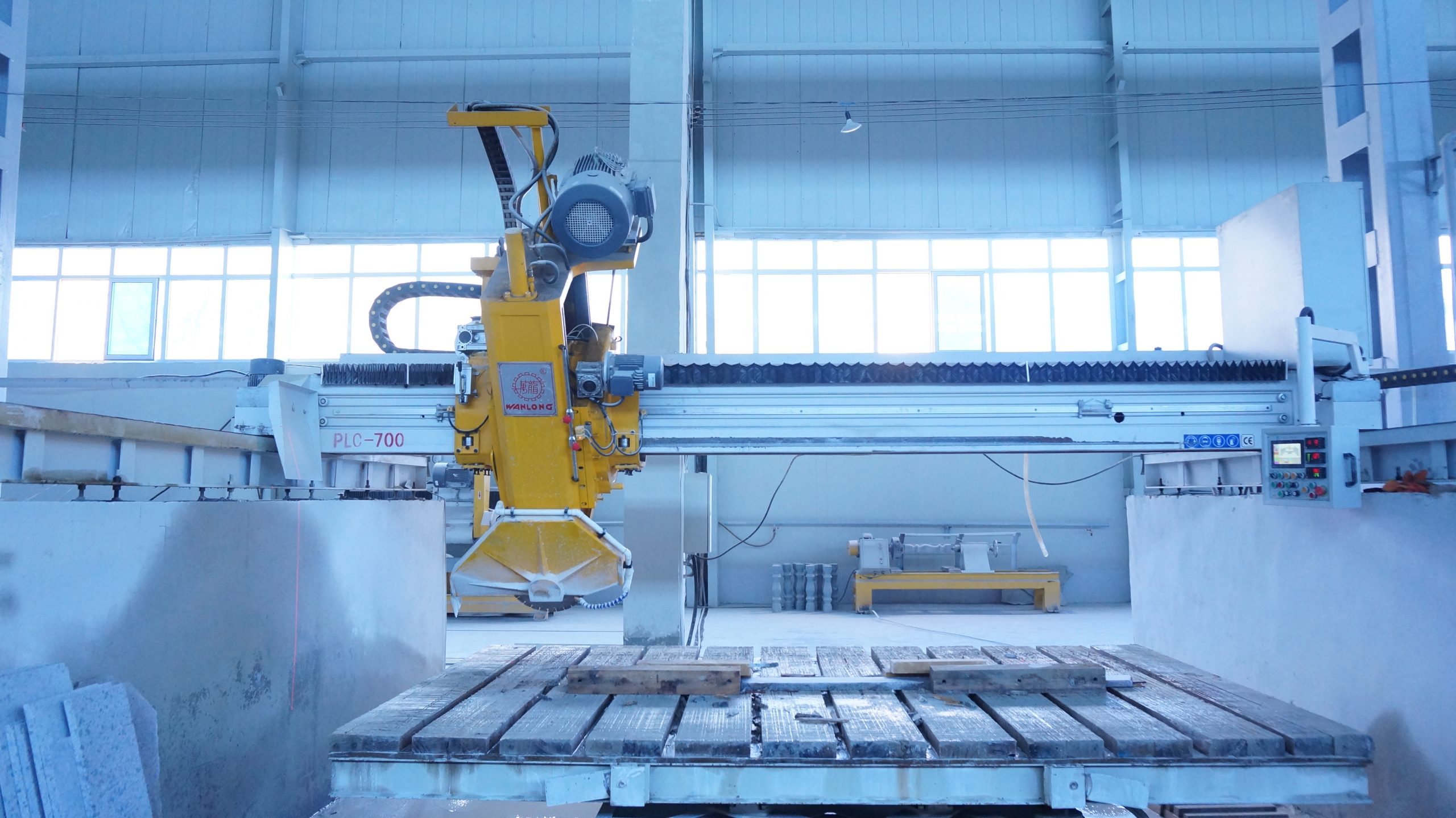1. Abrasive or hard particle wear
This kind of wear of bridge stone cutters often occurs under boundary friction and mixed friction conditions. The abrasives (or hard particles) between relatively sliding friction pairs mainly come from: the uneven high points of the friction surface in the microscopic state, which are sheared off during the relative motion and remain between the friction surfaces. Due to the lubricating oil entering the hard particles between the guide rail surfaces;
Due to poor protection, chip particles falling on the surface of the guide rail enter between the friction pairs. The force on the friction pair can be decomposed into two components perpendicular to the friction surface and along the direction of movement of the friction surface. The vertical force component presses the abrasive against the metal surface. The greater the force, the harder the abrasive grains and the deeper they press;
The component force along the friction surface will cause the abrasive particles to slide relative to the metal surface, cutting the guide rail surface and producing scratches or grooves on the friction surface. The higher the hardness of the abrasive, the greater the relative sliding speed, the greater the pressure, and the greater the harm to the friction pair. Abrasive wear is inevitable and can only be minimized.
Therefore, when designing a bridge stone cutter, the hardness of the support rail should be increased as much as possible, and the P*V (product of pressure and velocity) value should be limited to not exceed the allowable value of the material.

2. Adhesive wear or bite welding
Adhesive wear is also known as molecular bridge stone cutter wear. When two friction surfaces come into contact with each other, the material undergoes plastic deformation under high pressure. Friction during relative motion will destroy the surface oxide film, and the newly exposed surface will be damaged. Mutual attraction and penetration of molecules will occur between metal surfaces, causing contact points to bond and bite welding to occur. Relative movement of the contact surfaces can pull the welded joint apart, causing tear damage. Welding is not allowed to occur. To avoid this, in addition to the correct selection of materials, hardness and maximum pressure control during design, the plane error, surface roughness or number of contact points of the sliding surface must also be correctly specified.
 WANLONG
WANLONG
